Probably the first question that pops into your mind, after you decided to dive into bondage waters, is what type of bondage rope should I use?
What type of bondage rope should I use?

Things you should know about bondage ropes
There are several things you should know about ropes before you make a decision about which one you’ll be using.
- Material
- Length
- Diameter
- Braided or twisted
- Stretch amount
- Rope ends
Bondage rope materials
Ropes are made from various materials. As technology advanced, more and more materials were used to produce ropes. Every material used has different characteristics and depending on your needs, it might have some good sides or some bad sides.
The most common bondage rope materials are:
- Hemp
- Cotton
- Jute
- Coconut
- MFP
- Nylon
- Poly-pro
- Parachute Cord
The first 4 materials listed are natural materials, while the other 4 listed are synthetic.
Natural bondage rope materials
Natural materials used for producing ropes are hemp, linen, cotton, and jute.
Those ropes are usually more expensive, but we’d rather always pay a bit more and have something better. They tend to have better ”grip” and you do need fewer knots to hold securely. Also, a thing to note is that natural bondage ropes don’t stretch as much.
While doing the research online we read that some bondage ropes made of natural materials ”trigger” grass allergies.
Synthetic bondage rope materials
Synthetic bondage rope materials are MFP, nylon, poly-pro, and parachute cord. Ropes made of these materials usually cost less and they are perfectly fine to use with most of the bondage types.
Synthetic ropes are hypoallergenic – meaning that it is relatively unlikely they will cause an allergic reaction, so if you tend to have allergies, maybe you should go with them. They are very easy to clean and do not require and conditioning before use.
Most of the synthetic bondage ropes are very easy to dye or they are available in many colors.
Length
It is good to think about rope length before you buy it, so you avoid buying another one immediately after you bought the first one. Although having a long rope can make your life easier with certain types of bondages, it can also be a pain in the ass. Why? Because then, your speed we’ll be slow. You will have lots of rope to pull as you tie.
That’s why we suggest buying moderately long bondage ropes. You can always join ropes to extend them. One more benefit to it is that if you want to change something, you don’t have to do it all over again. You start from the point where you extended it.
Typical rope lengths are:
- 10-12 feet / 3-3.6 m
- 15-18 feet / 4.5-5.4 m
- 25-30 feet / 7.6-9.1 m
With this in mind, do think about how you are going to use it because that’s how you’ll choose the length. If you are going to do rope corsets, you’ll definitely need more bondage rope than if you tie your partner’s hands to the corners of the bed.
Diameter
Diameter, or how some would refer to it – thickness of the rope. Its difference determines rope properties, like strength, ability to hold weights, wrap width.
Ropes usually come in several diameters:
- 1/2 inch – 8 mm
- 1/4 inch – 6 mm
- 1/8 inch – 2 mm
Thicker ropes cover more area and are less likely to cause nerve damage. They can also hold more weight, while not cutting into flesh, thus being more comfortable. On the other hand, that thickness can create problems when you start to knot.
Thinner ropes are good for more delicate knots and body parts (genital and head area) – but be careful, they cause more pressure on the skin.
Some would say that ropes that are 6 mm thick are the most versatile ones because there is a balance in properties and comfort.
Braided or twisted
Ropes are made either as braided or as twisted.
The traditional way to ”create” a rope is to twist natural fibers into cords. Twisting those cords in opposite direction creates a rope (most ropes contain 3 strands). Twisted rope contains 100% of its constituent material.
Braided ropes are the other kind. They may feel somehow smoother to the skin, while the main difference is the presence of the core. Here is where the problems may lay. The material used for the core may have different elasticity than the rest of it and may cause you problems with the tension in your knots.
Stretch amount
All ropes I listed have different amounts of stretch. Bondage ropes from natural fibers usually don’t stretch a lot and will maintain tension for a longer period of time. Ropes made from synthetic materials have more stretch in them and may not be suitable for all types of bondage.
It could easily happen that you tie your knots and sometime later, everything is loose.
Rope ends
There are several techniques on how to end the rope if you cut it. You will ruin your bondage rope quickly if you don’t do it properly.
These techniques are:
- Knotting – you tie a knot on the end of the rope and cut the excess. Fastest method.
- Taping – you wrap the ends of a rope with electrical tape. Clean and fast method.
- Whipping – wrapping the end with a thread to keep it from fraying.
- Dipping – dip the rope into tool dip. Also a very simple method.
- Melting – a technique for ending synthetic ropes. Melt the end to create a solid mass of plastic. You can use a lighter, but be careful, it will hurt if it drops on your skin.
Wait….can some ropes burn me?
Yes – and not some, all types of ropes can ”burn” you.
Bondage ropes made from natural fibers can create that feeling and yes, that can stop the whole show. But bondage ropes made from synthetic materials can burn you even more.
You can always do a quick test by running the rope through your fingers.
Dressing the knot
What the heck is that??
Dressing the knot means that after you tie a knot, you have to make sure that all parts of the knot are in the place where they are supposed to be and also ensuring that the rope doesn’t necessarily cross itself. By not dressing the knot you may be damaging the rope which may, in the end, result in a serious injury of your submissive.
Also, before starting the play, all knots should be SET, which means they should be tightened before use.
It is very important to know which knot to use and when as a lot depends on that. It is a good thing that you don’t have to know a lot of different knots.
Bondage rope vocabulary
There are a few terms that are common when talking about ropes and bondage.
- BIGHT – is the small loop that you create when you fold a bondage rope in half.
- FRAYING – is what happens to the rope when you cut it. Fraying of the rope can be prevented by properly ending the rope.
- WORKING END or ENDS – one or two ends of a bondage rope you are using. On the opposite side of the bight.
- STANDING PART or BITTER END – part of the rope you are not using in creating the knot.
- LOOP – is when rope circles around and crosses over itself.
- EYE – space ”inside” of a loop.
- STRAND – one part of a three-strand rope.
Bondage rope we use
We use a bondage rope we got from Stockroom. It is a blue cotton rope.
The rope is very soft to touch, I would say that it feels almost like silk. 🙂 It won’t burn or hurt your skin (unless you overdo it or something, I don’t even know what!).
Length is just perfect – 30 ft or a little bit over 9 m, and it is 5mm thick (0.2 inches).
Stockroom also has the same rope in purple, red, pink, grey, and black color.
If you are not sure where or which one to get – we recommend this one. The rope is well worth the money and it does not cost much. Follow the link to see other colors and to buy bondage rope.
The price is 12.99$ + shipping and you can get it in the Stockroom store.
If you don’t like rope, don’t want to learn knots, or just don’t have time – get yourself a bondage tape!






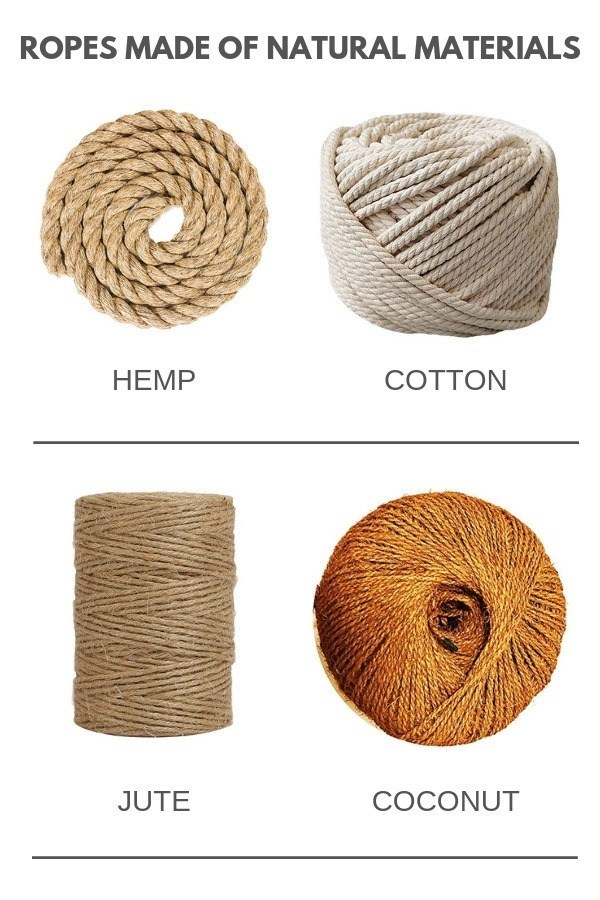
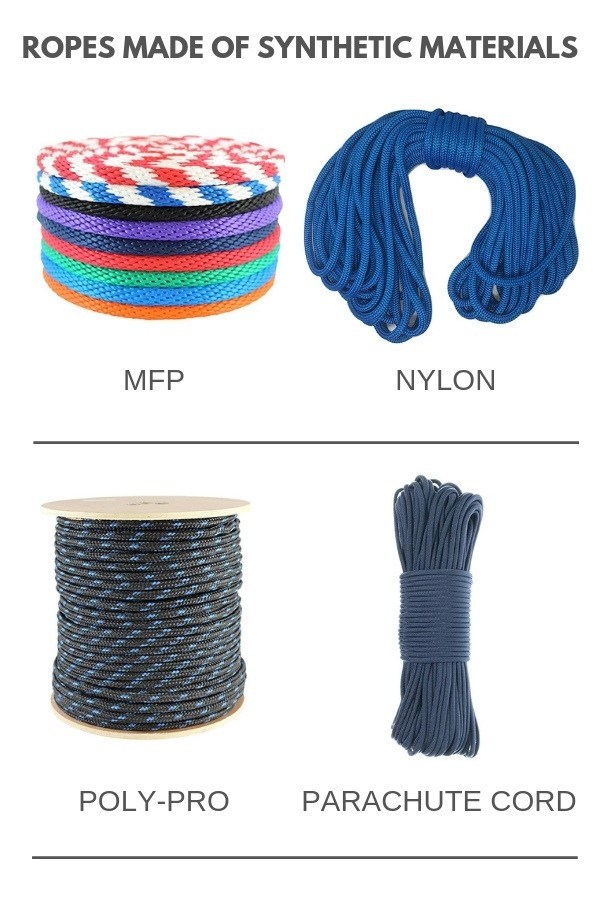
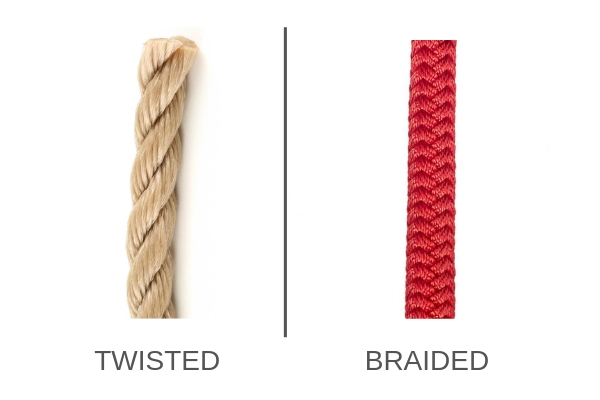
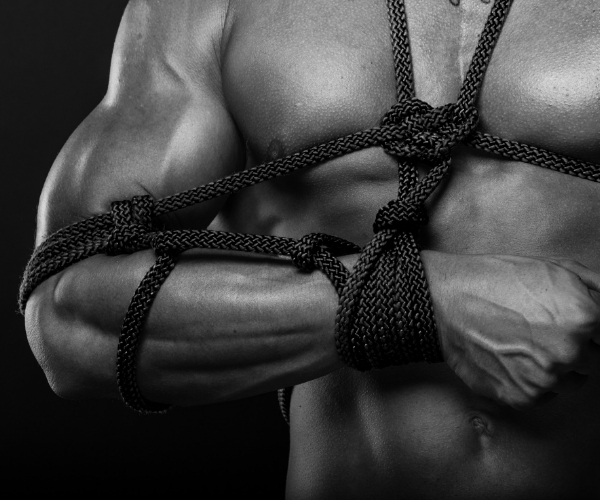
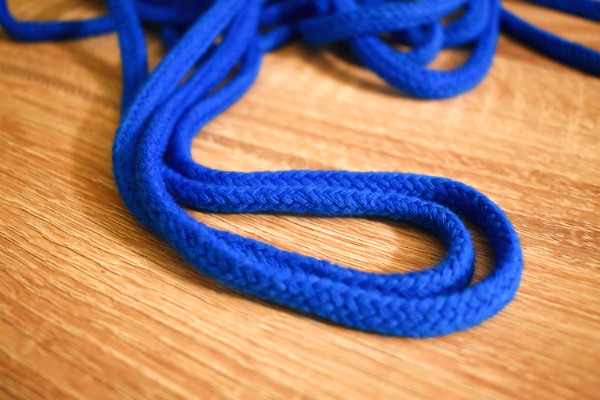
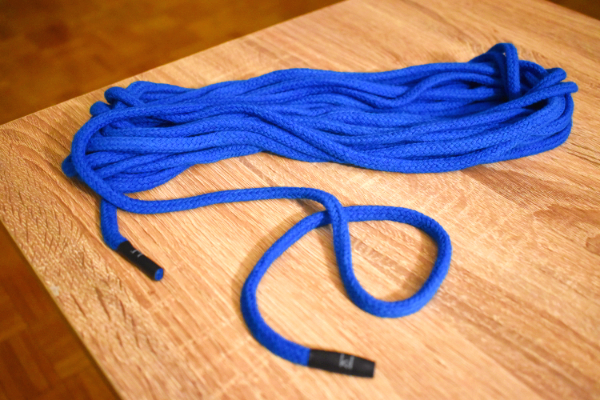
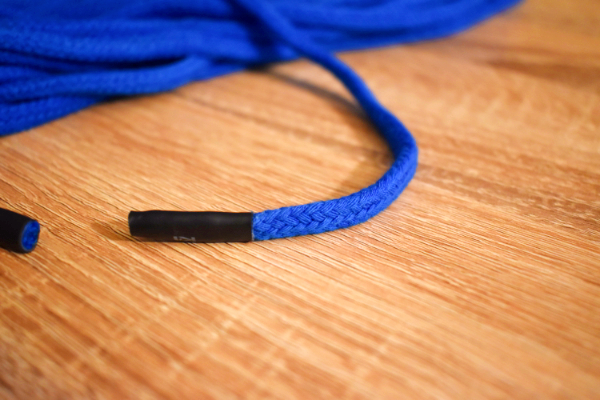


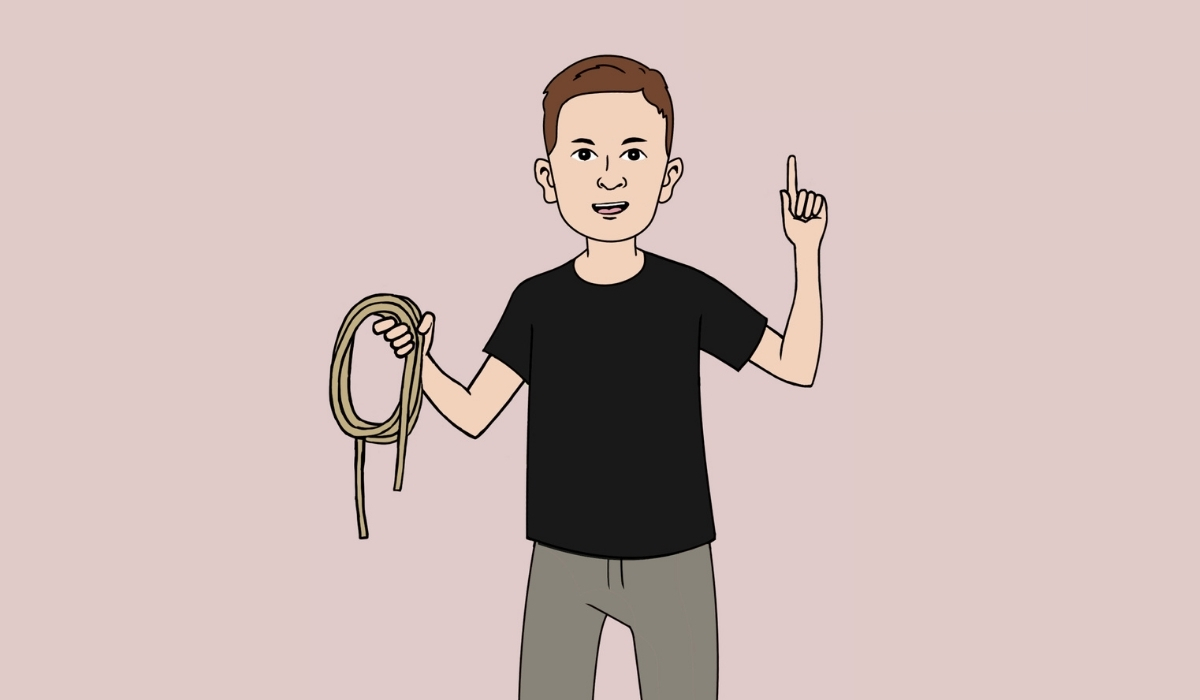

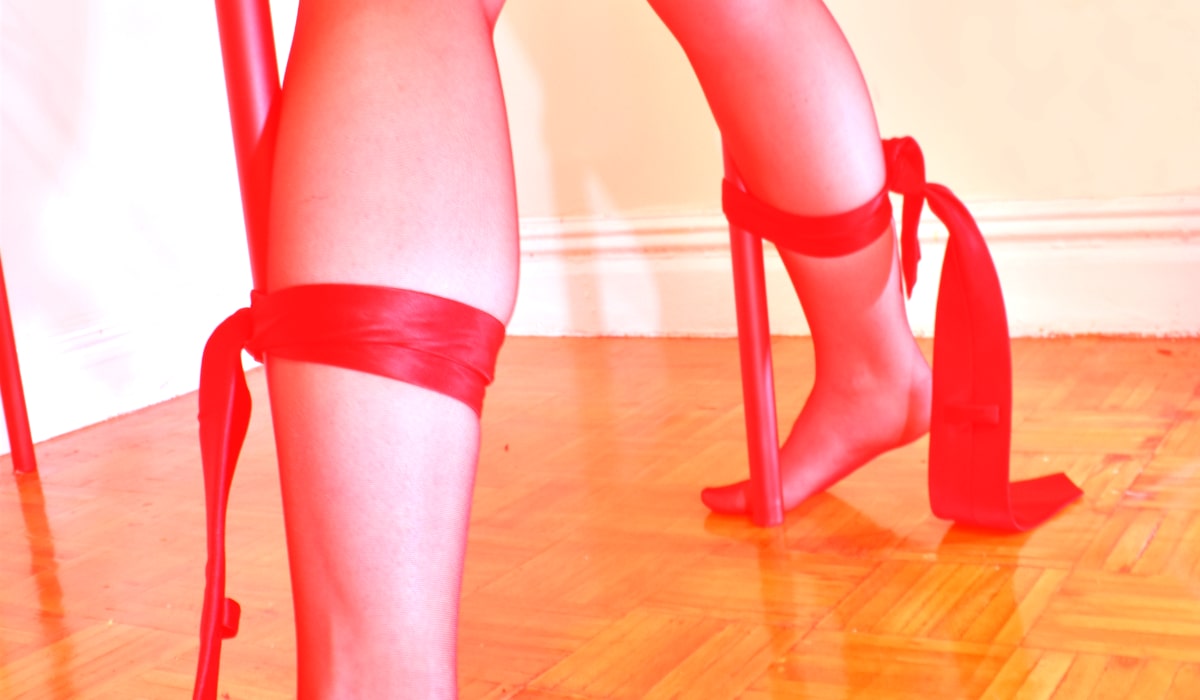
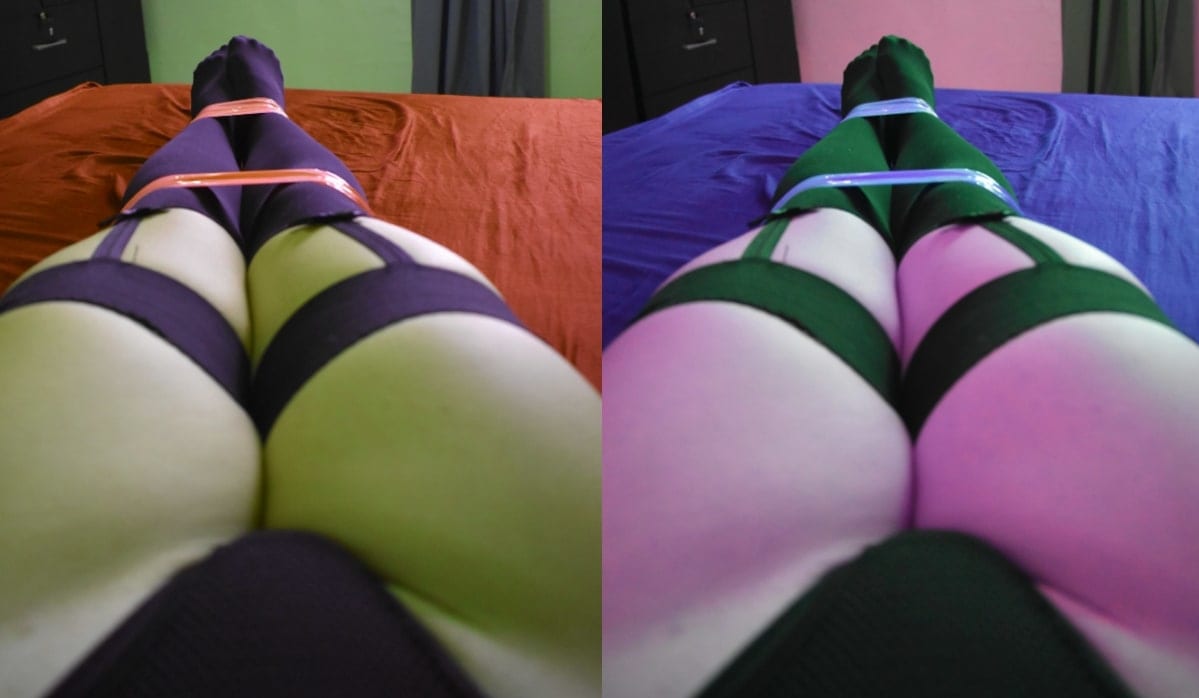
Leave A Comment